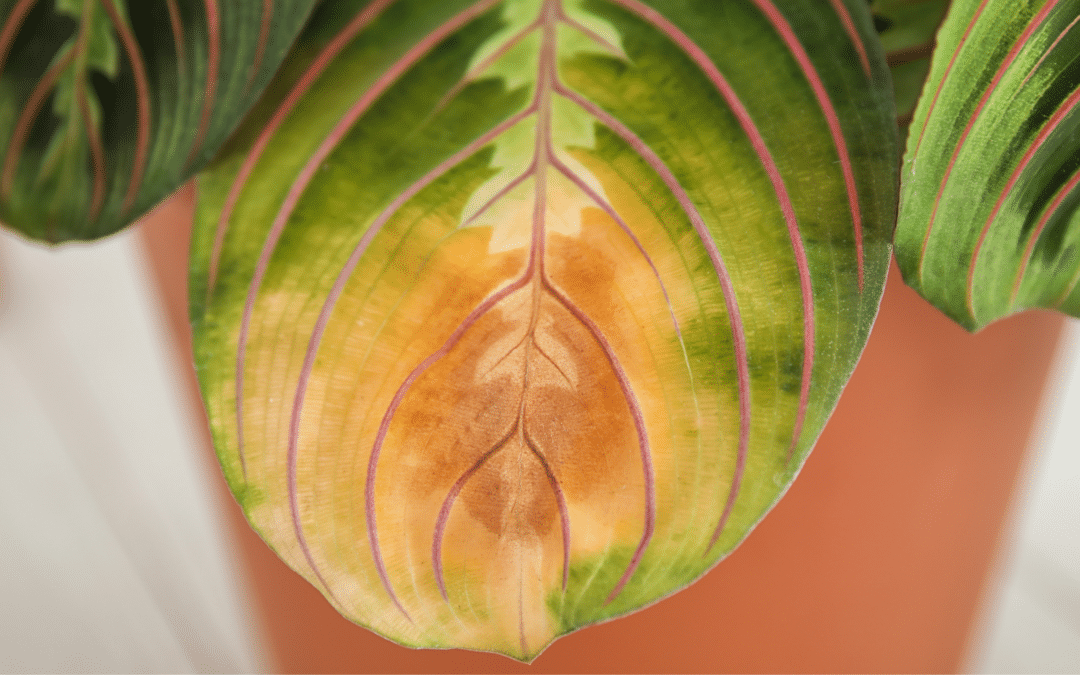Thankfully, this summer has been a mild one so far, but we all know that likely means extended high temperatures are coming our way in the Valley. Are you and your plants ready for it?
Even a day or two of temperatures hovering above 85 degrees can cause your plants to experience heat stress, which may lead to irreversible harm for your plants. But there are things you can do to help lessen the negative impact on your garden.
Know the Signs of Heat Stress
Catching indications of heat stress early gives you the necessary time to save your plants. During heat waves, be on the lookout for these signals your plants may be getting stressed:
- Leaf rolling. One way plants try to protect themselves when things get too hot is by turning the edges of their leaves inward. This reduces the amount of leaf surface which is exposed in an attempt to cool of the plant.
- Significant leaf drop. If rolling their leaves isn’t enough to reduce the internal heat of a plant, the next step is getting rid of the leaf altogether by allowing it to drop. Curled leaves on the ground around the plant during hot weather, is an excellent indication the plant needs immediate attention.
- Bloom drop. When a flowering plant has heat stress, it may sacrifice its blooms to conserve water. If you notice flowers around the base of the plant or that your plant fails to bloom even late in the season, it is probably due to heat stress.
- Summer scorched leaves. Trees lack the ability to roll or drop their leaves like other plants, so your first clue that a tree is experiencing heat stress is usually when the edge of leaves begins to lose their color and dry out. This is known as summer scorch.
How to Treat Heat Stress Before it Does Permanent Damage
Heat stress doesn’t have to be the end for your plants. In fact, most plants and trees will make a full recovery as long as you act quickly. Here are a few ways for you to help:
- Watering. Plants cool themselves by using evaporation, but for them to do it effectively, they need plenty of water. Give them enough so that they have a fighting chance. When the weather is above average, watering by hand or using an underground irrigation system is the best idea. Be sure to avoid getting water on leaves/blooms to minimize potential scorching.
- Avoid pruning brown or wilted leaves. You may feel the urge to clean up your plants, but you wouldn’t be doing them any favors. Those wilted leaves are actually helping to protect all the other leaves below them by providing a cover from the harsh sun.
- Add a little shade. Make it easier for your plants to stay cool by moving planters and containers into the shade or using shade cloth to cover vulnerable plants. This is especially important for vegetables or younger plants which do not have established roots.
- Apply a thick layer of mulch. Mulching around the base of your plants and trees offers protection against the sun drying out the topsoil. This will persevere more moisture in the soil and allow plants better access to it.
- Don’t cut your grass. Yes, even lawns are affected by heat stress. Lay off the mower until the weather changes if your grass starts to show any signs of heat stress.
Heat stress can be a severe problem even in the Northwest and we can help! Since 1992, Green Acres Landscape in Salem, Oregon has been the go-to landscaper for homes, businesses, and municipalities. Call 503-399-8066 to schedule an appointment.

